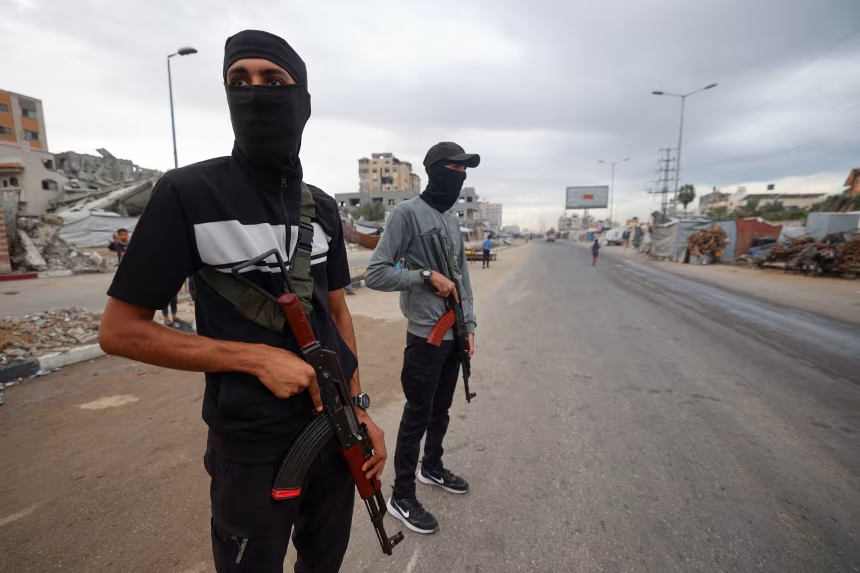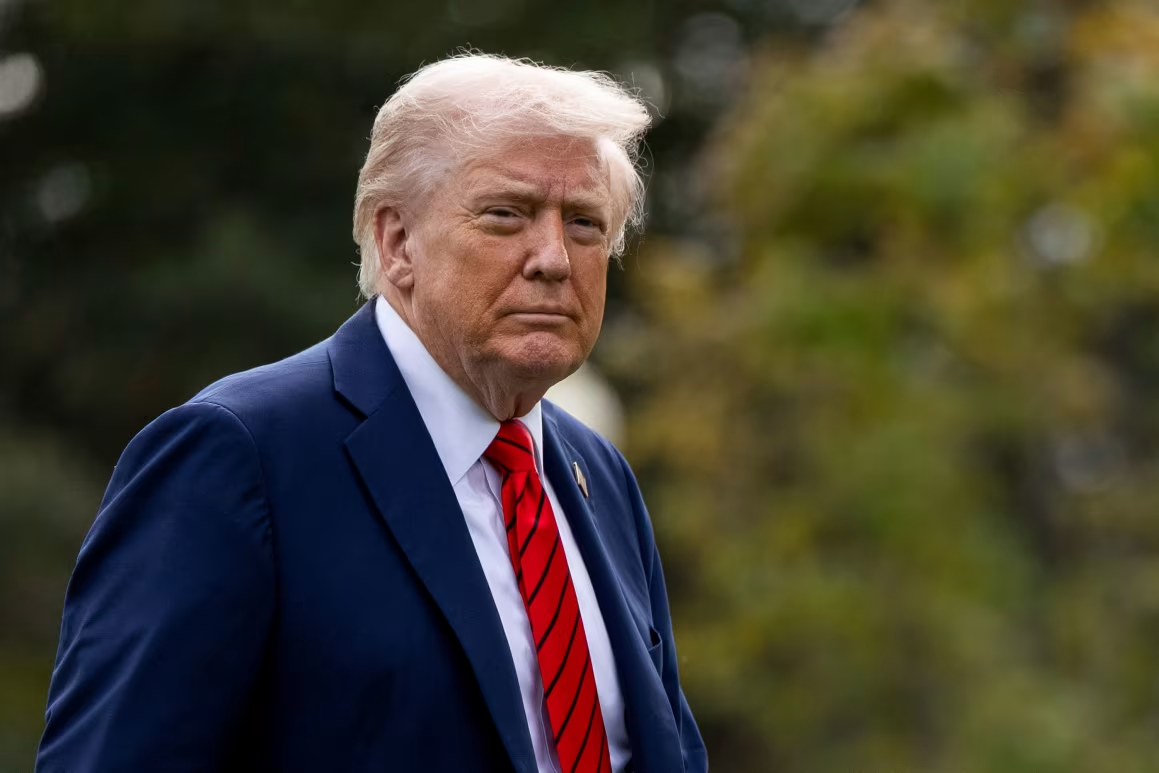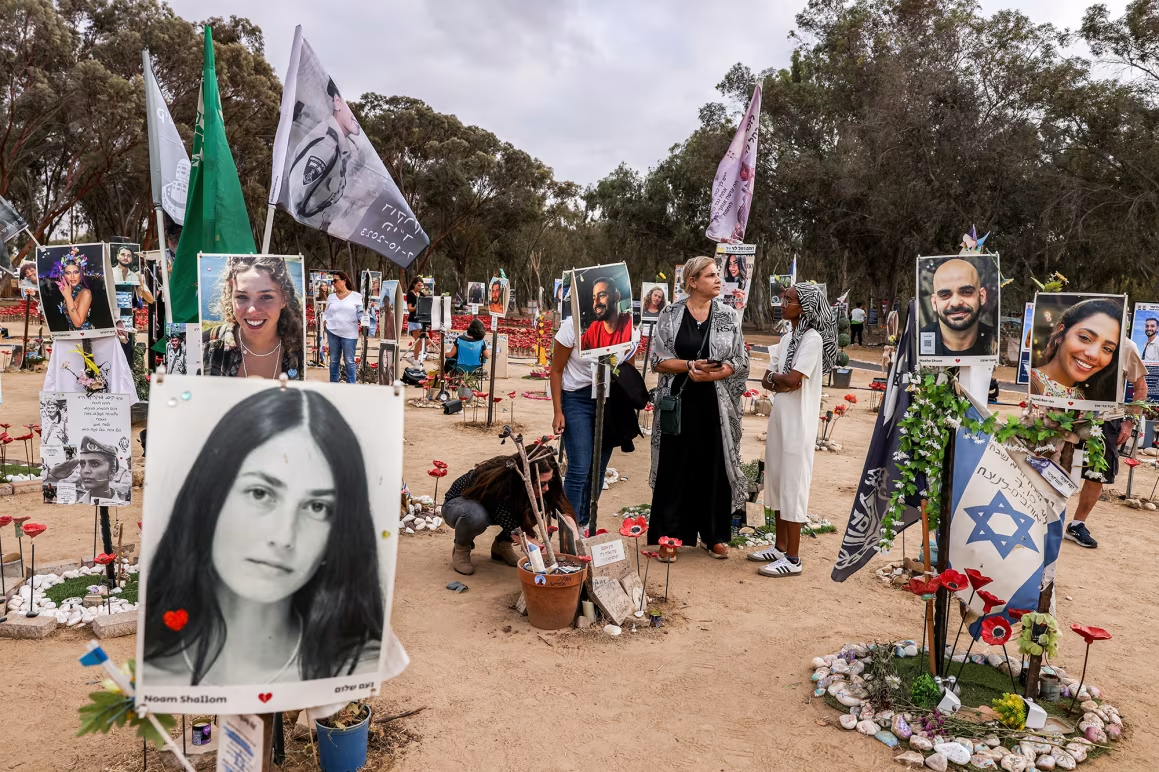In the aftermath of a hard-fought ceasefire, a surprising but strategic development is unfolding in the Gaza Strip. Hamas has been temporarily permitted to handle internal security operations in parts of Gaza as efforts continue to stabilize the war-torn region. The move, described by regional analysts as both practical and risky, underscores the delicate balance between maintaining peace and preventing chaos following months of devastating conflict.
The agreement, reportedly backed by international mediators, allows Hamas forces to conduct patrols, manage checkpoints, and coordinate local security in heavily damaged neighborhoods where traditional governance structures have collapsed. The arrangement is said to be short-term and aimed at preventing lawlessness, looting, and clashes among rival factions and clans that have surfaced since the ceasefire took effect.
Residents in several Gaza districts have reported the return of Hamas-affiliated security personnel, who are working to impose order and facilitate humanitarian operations. While this has brought a temporary sense of calm to some communities, others remain wary, fearing the resurgence of political control under the group’s leadership. Many civilians still face dire conditions — limited access to food, clean water, and electricity, while thousands are displaced amid the rubble of destroyed homes.
International observers note that the new arrangement presents both an opportunity and a challenge. On one hand, it provides a stopgap mechanism for local policing and stabilization, allowing aid agencies to safely enter areas once inaccessible. On the other, it complicates efforts to establish a neutral governance structure that excludes armed groups and aligns with future peace negotiations.
Political analysts warn that the agreement could ignite tensions within Israel’s leadership, as critics argue that giving Hamas any form of control contradicts the long-term goal of disarmament and demilitarization. However, supporters of the decision maintain that without immediate local enforcement, Gaza could descend into uncontrolled violence, jeopardizing the fragile ceasefire and the broader peace roadmap being crafted by international stakeholders.
Amid these developments, humanitarian organizations continue to appeal for expanded access and international support to rebuild Gaza’s infrastructure. With hospitals overwhelmed, roads destroyed, and schools turned into shelters, the region faces a long and uncertain road to recovery. The success of this temporary security arrangement may ultimately depend on how swiftly a sustainable governance plan can replace it.
As Gaza stands at a crossroads, the world watches closely to see whether this pragmatic compromise can transform into a foundation for lasting peace — or whether it will merely delay the next cycle of instability.




